How to Build a Profitable Amazon Private Label Brand in 2025
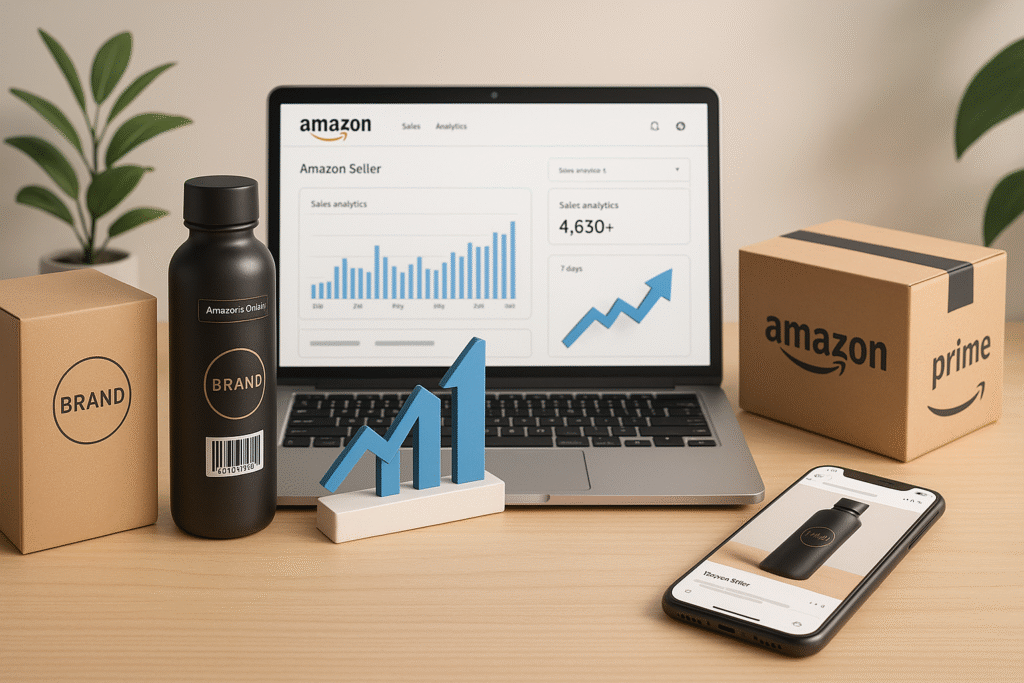
The Amazon Private Label model is one of the most profitable business opportunities available to entrepreneurs today. In 2025, anyone can create and scale a Private Label brand on Amazon. Whether you are new to selling or looking to refine your current strategy, try this comprehensive guide that will walk you through the essential steps to launch and grow a successful Amazon Private Label business.
What is Amazon Private Label?
Amazon Private Label is the process of branding products that are manufactured by third-party suppliers and selling them on Amazon under your own brand name. Unlike reselling products from other brands or using retail arbitrage, Private Label allows you to create your own product line and establish a unique brand identity.
Why Choose Amazon Private Label?
- Control Over Branding: Try to create your brand and control how it’s marketed.
- Higher Profit Margins: When you sell your branded products then you can set your price and maintain margins in a better way.
- Scalability: When you establish your brand, trying to add new products under the same brand becomes a natural next step and expanding your market reach.
Step-by-Step Guide to Launching a Profitable Amazon Private Label Brand
Step 1: Product Research–Find a Profitable Niche
The key to any successful Private Label business is that you pick the right product. Attempt to choose a product that has sufficient demand but isn’t overly competitive. Here is how to begin:
- Product Research Tools: Tools like Jungle Scout and Helium 10 will help you find products with high demand and medium competition.
- Analyze Trends: You may want to check for trending product ideas on Google Trends/Amazon Best Sellers or niche blogs.
- Validate with Reviews: You would try and read customer reviews to find out common pains you may solve with your product.
Step 2: Find a Reliable Supplier
After you have chosen a product, you should next look for a reliable supplier. Sites like Alibaba, Global Sources, and ThomasNet are good places to begin.
Key Supplier Considerations:
- Request Samples: Always make sure that you have the product sample for quality assurance because it might be the difference.
- Negotiate Terms: Never be at ease to compromise or talk about the price, shipping or payment terms- everything can be bargained to get what you ultimately want.
- Check Reviews: Verified Reviews Encourage checking feedback of other sellers so that you would know how trustworthy they are.
Step 3: Branding and Packaging
Your brand is your most prized possession in the competitive online Amazon Marketplace. Strong branding and appealing packaging can differentiate your product.
- Create a Unique Brand: Get a really impressive name, an ear-candy logo, and a message to define your brand that sticks to the target audience.
- Professional Packaging: There should be packaging that represents your brand and adds value to the customer experience.
- Amazon Brand Registry: Once you have some serious traction, enroll your brand into Amazon’s Brand Registry as a means to protect your intellectual property while unlocking advanced marketing features.
Pro Tip: Try to invest in professional design services for your logo and packaging to create a cohesive brand identity.
Step 4: Set Up Your Amazon Seller Account
To begin selling on Amazon, you have to open an Amazon Seller Central account. Opt for the Fulfillment by Amazon model so that storage, shipping, and customer service are handled for you.
- FBA Benefits:
- Giving access to Amazon Prime customers.
- Taking returns and customer care at Amazon.
- Greater visibility and trust with Prime shipping options.
- Giving access to Amazon Prime customers.
For detailed steps, click on EcomExpert.
Step 5: Optimize Your Product Listings
To generate traffic and sales, the product listing should differentiate itself. Here is how to optimize the listing for Amazon SEO:
- Product Title: Include primary keywords that customers would be searching for
- Bullet Points: Highlight unique selling qualities and key characteristics of your product.
- Product Description: Make a complete description that answers the questions of customers and points the benefits to them.
- High-Quality Images: Use clear, high-resolution images that demonstrate your product in use and at different angles.
Marketing Your Amazon Private Label Brand
When your product is live then the next step is to drive traffic and sales. So here are some proven marketing strategies:
Amazon PPC Advertising
- Amazon Pay-Per-Click (PPC) is an effective way to increase visibility for a product. Targeting high-converting keywords helps to align with your brand and monitor campaigns to optimize its performance.
- You should try running a Sponsored Products campaign to target relevant search terms and sponsored brand ads to build brand awareness.
Social Media Marketing
- Influencer Marketing: To increase visibility and credibility, you should collaborate with Amazon influencers who align with the brand.
- Facebook and Instagram Ads: Use these portals to drive traffic toward your Amazon listings, especially in new product launches.
Customer Reviews and Feedback
- Encourage satisfied customers to leave positive reviews on your Amazon listing.
- Encourage satisfied customers to leave positive reviews on your Amazon listing.
Common Mistakes to Avoid in Amazon Private Label
- Not Performing Sufficient Product Research: Ensure enough demand before investing in inventory.
- Overpricing: If you set too high a price, you will scare away potential customers.
- Ignoring Customer Reviews: Pay careful attention to reviews for improvement ideas.
How to Scale Your Amazon Private Label Business
After some traction gained for your Private Label brand, scaling up is the next step. Here is how:
- Expand Your Product Line: Launch complementary products that address the needs of your audience.
- Sell in International Markets: Look into Amazon’s international platforms: Amazon UK and Amazon Canada, to widen your reach.
- Leverage Amazon’s Brand Registry: This will help to safeguard your brand and give you access to other helpful growth tools.
Conclusion
In the year 2025, at the appropriate time and with the application of the correct methods and tools, anyone can build a successful Amazon Private Label brand. From rigorous product research to excellent marketing, you have acquired all the necessary knowledge on how to start and start a profitable business on Amazon. Remain faithful to your brand vision, keep your listings optimized, and utilize the gigantic ecosystem created by Amazon to ultimately grow your business.
Ready for the next step? Start building your Amazon Private Label business today and discover more resources around Amazon FBA Success and Product Research Tools.
Key Takeaways:
- Product research and selecting the best niche will guarantee your success.
- Branding and packaging will put you above your competitors.
- Amazon FBA provides logistics solutions that will ease up your business operations.
- Marketing and PPC campaigns on Amazon can raise your visibility multiple folds.
Call to Action:
Start your journey with Amazon Private Label today! You can contact Ecom Expert for personalized guidance on starting your business on Amazon.

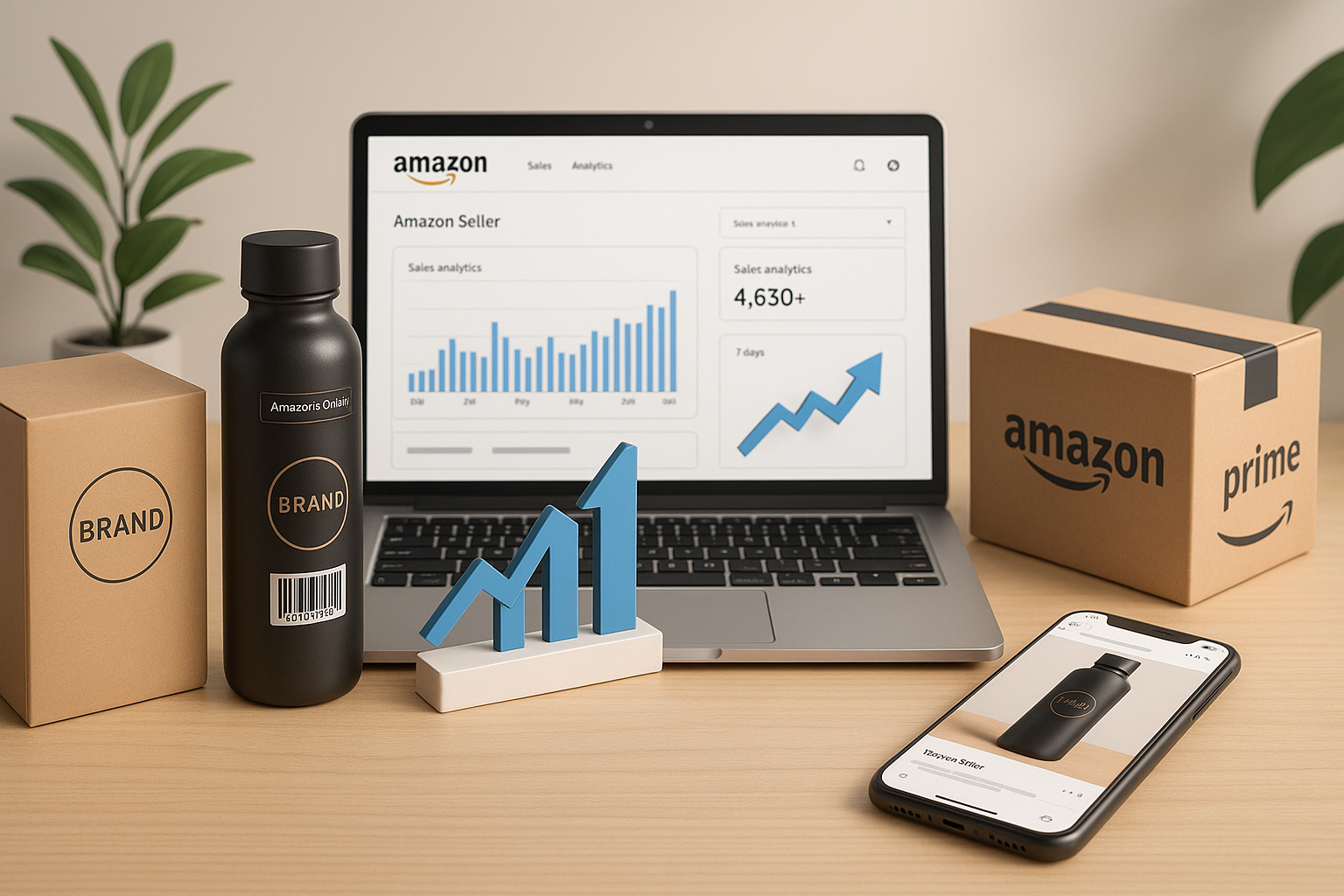
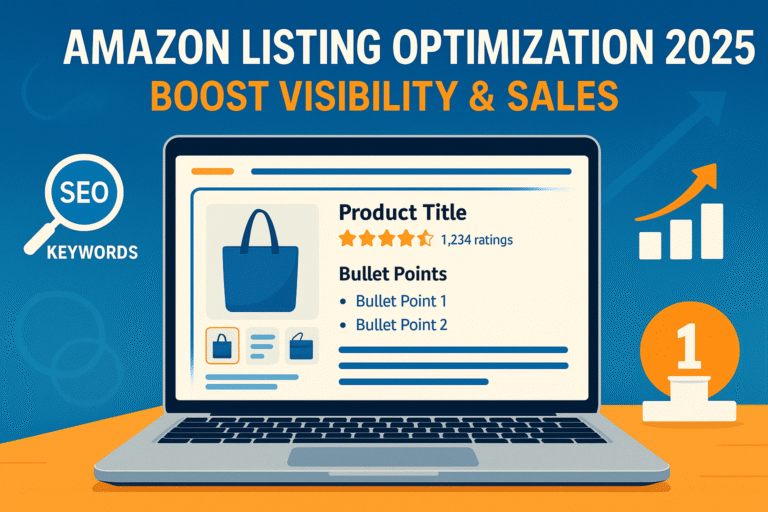

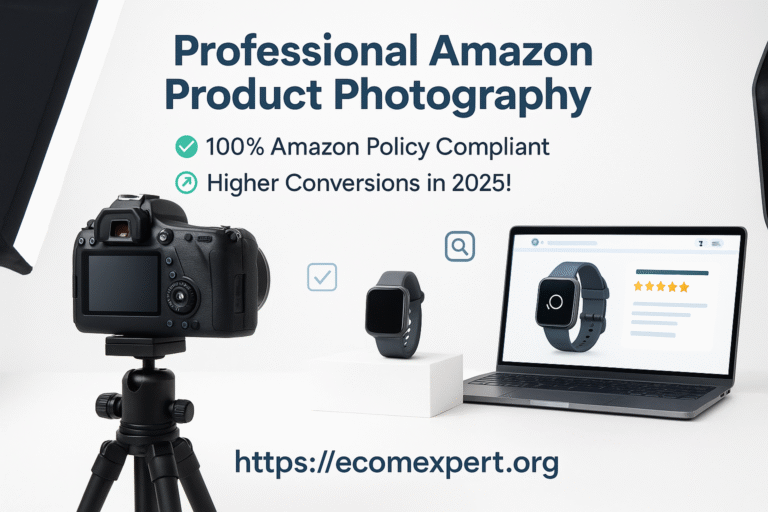
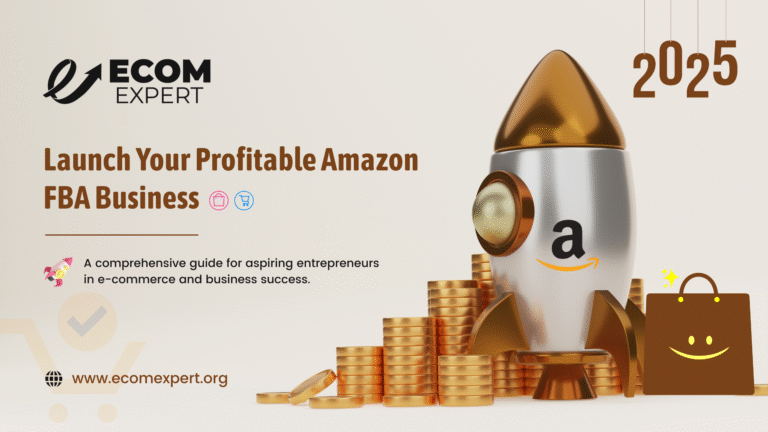

One Comment